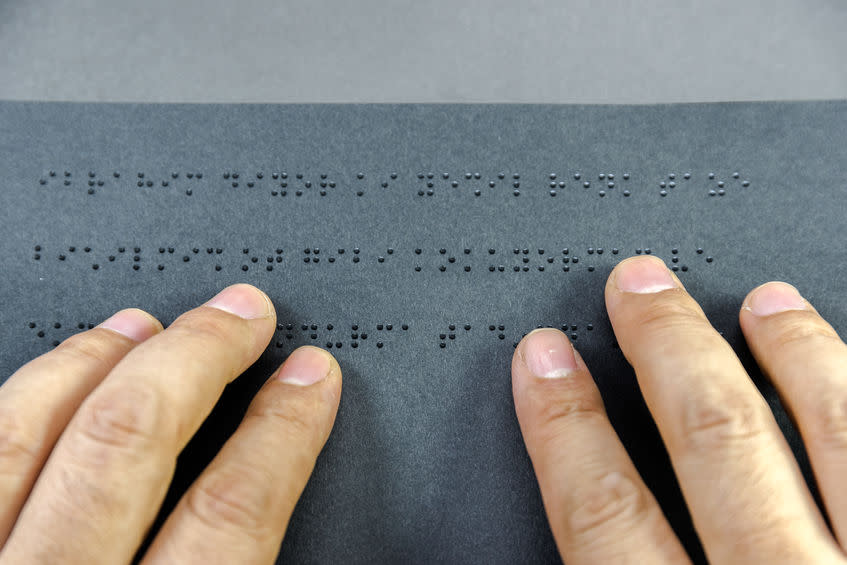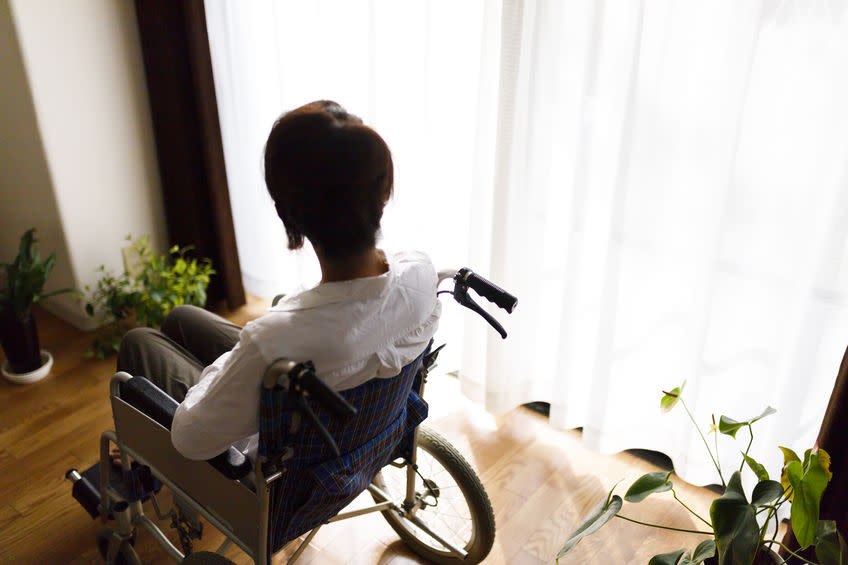Is Your Property Accessible for the Differently-Abled?
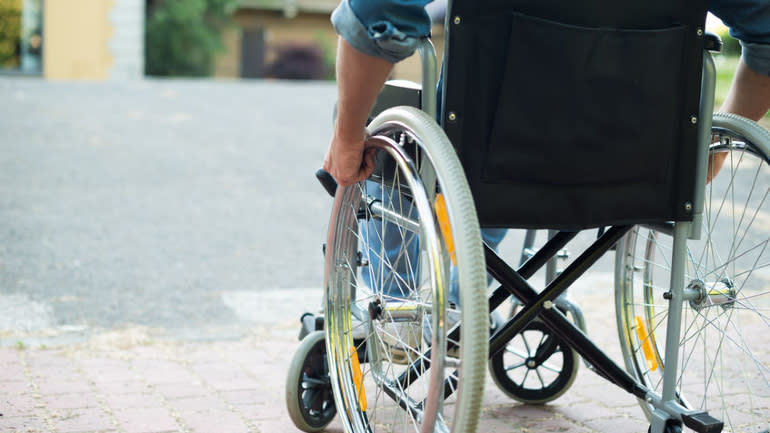
Access to shelter is a fundamental human right. All individuals, including those with disabilities, or differently-abled people, want and should be able to have a house to call home. As such, accessible homes are more important than ever. However, not every property is designed with the needs and lifestyle choices of disabled individuals in mind.
To understand why this has to change, we must first grasp what having a disability is like, and how it impacts the day-to-day living of those in the differently-abled community.
Addressing differently-abled people
The Persons with Disabilities Act 2008 (PWD) recognises differently-abled individuals as those who have physical, mental, intellectual, or sensory impairments that challenge their effective participation in society.
These impairments, which often require medical attention, are usually long-term. Now, to say that the demands for inclusive home designs are not enough would not accurately represent the reality of disability in Malaysia.
The truth is, there are many people in the country with special needs that require spatial acknowledgement from the non-disabled. According to a news report, the total number of persons with disabilities (PWDs) registered with the Social Welfare Department (JKM) as of 2022 is 674,548, representing two per cent of the Malaysian population.
36.3% or 245,015 registered PWDs were categorised as physically disabled, followed by 35.1% with learning disabilities, 8.8% with visual impairments, and speech problems, recorded the lowest registration rate at 0.5%.
These numbers represent the fact that PWDs are integral parts of our society and nation, and should not be excluded when defining the centrality of a home to our beingness.
Elevating Inclusivity in Malaysia with Mesra OKU
The Mesra OKU initiative is a step toward inclusivity in Malaysia. This initiative is spearheaded by local governments and various organisations, and it aims to ensure that public and private infrastructures, including residential properties, are accessible to people with disabilities.
This includes a range of accessibility features, including:
Architectural features: This includes elements like ramps, widened doorways, grab bars in toilets, and elevators with accessible controls.
Accessible signage: Signage with clear instructions, Braille, and tactile surfaces for visually impaired users.
Designated parking spaces: Close proximity to building entrances with wider spaces to accommodate wheelchairs and other mobility aids.
Auditory and visual signals: In elevators and at pedestrian crossings to enhance navigation for people with visual or hearing impairments.
Collectively, developers and property owners can create more inclusive spaces that cater to the needs of everyone in the community. This not only benefits PWDs but also caters to senior citizens, young children, and people with temporary injuries.
In light of further assistance for PWDs, the government allocated RM1.2bil in various forms of assistance to people with disabilities (PWDs) in Budget 2024. The aid included caring for the chronically ill and bedridden, unemployment benefits and allowances for those who are working.
Unable to work because of their disabilities and the lack of funds and opportunities to start businesses meant that many PWDs struggled to fend for themselves. It was also reported that most of the PWDs participating in these programmes are from the B40 families.
This brings us to housing and financing. What are the options for PWDs? Let’s look at the i-Biaya programme.
What is the i-Biaya programme?
The Ministry of Housing and Local Government (KPKT) and the Ministry of Finance (MoF) introduced the i-Biaya programme to increase the accessibility, especially of those in the B40 and M40 groups, including the PWDs, to obtain financing to own their first house under the Home Ownership Programme (HOPE).
Initiatives offered under i-Biaya include Skim Jaminan Kredit Perumahan (SJKP), and Rent-to-Own (RTO) Scheme by PR1MA Corporation Malaysia (PR1MA).
KPKT aims to ensure that no group, including the disabled, is left behind when it comes to housing. It has been set that 1% of the total People’s Housing Programme (PPR) units is allocated to the disabled in the B40 group.
In August 2022, it was reported that a total of 982 of the 98,196 units of the People’s Housing Programme (PPR) are allotted for ownership by Persons With Disabilities (PWDs), with 809 units or 82% taken.
KPKT is also responsible for ensuring that developers and contractors comply with the standards set through the Persons With Disabilities Act 2008 (Act 685). Local authorities must look into the details of the PWDs’ needs and ensure that approvals are not given if the housing plans do not fulfil the requirements.
So, what makes a home more PWD-friendly? The next section explores that.
Inclusive homes should be the new normal
Handicap-friendly home designs are important because they reflect the possibility of what we can call the universal home.
When we spatially address the needs of people with disabilities, we are simultaneously addressing the needs of humanity as a whole.
As such, inclusive living spaces are, in this day and age, more important than ever.
Properties or homes should come equipped with affordable and accessible features that allow people with disabilities to be mobile, self-autonomous, and therefore self-empowered.
That more and more government and non-government bodies across the world are addressing the importance of handicap-friendly housing indicates society’s increasing awareness of the topic.
Of course, efforts to include people with disabilities should not only stop at their roles as ‘visitors.’ They should also be central in conversations on residency and homeownership in general. There is logically a greater imperative for developers to create more accessible homes when we normalise the idea that tenants and homeowners include differently-abled people, too.
After all, just like other human beings, disabled people also need spaces that are accessible, affordable, and close to services and job opportunities. Their needs may look and feel different than those of the non-disabled, but they are of equal value, nonetheless.
Now that we have covered why inclusive home designs are essential features of a functioning society, we need to get real about what makes a living space handicap-friendly.
Features of an accessible home
So what makes a property truly inclusive of differently-abled people?
Fundamentally, it should contain features addressing the understanding that disabled folks rely on sensory or limbic abilities other than their impaired ones in order to be mobile.
Below are the key features that can assist and accommodate PWDs’ varying needs.
1) Entrance ramps
Entrances should have ramps with appropriate slopes, automatic doors, and wide hallways to accommodate wheelchairs. Developers must take note to ensure these ramps are strong and durable, and follow the recommended specifications.
The ramps can be made from wood and aluminium if their designs are intended to be removable and cheaper. Concrete, on the other hand, would be the better option for a permanent fixture.
2) Handrails or grab bars
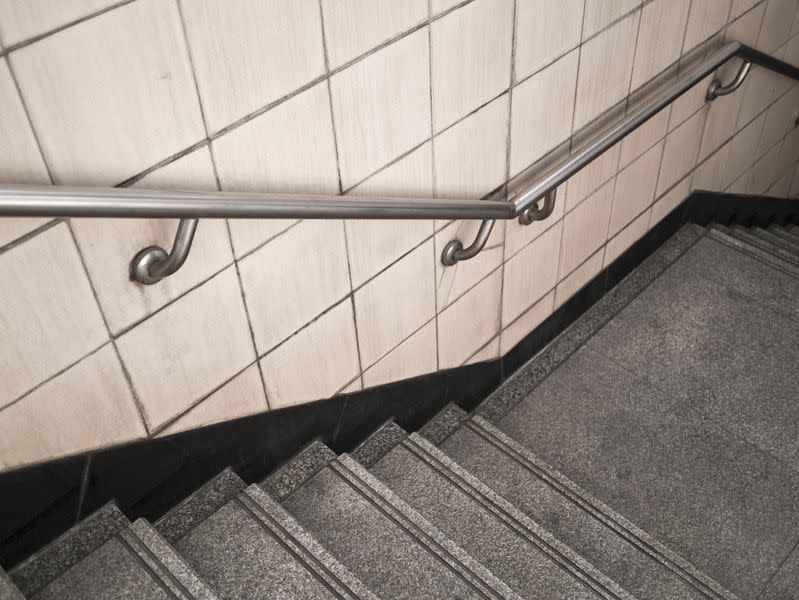
Elevated pathways, such as staircases, can be challenging for PWDs. Attaching railings or grab bars along staircases offers support and stability.
This feature would also guide the visually impaired to find their way around the home successfully. Grab rails with stronger grip materials that are placed next to a bathtub or toilet seat to avoid the pitfalls of injury and unwanted accidents.
3) Stairlifts
Another feature that the staircases in homes can include is an electronic stairlift. It can greatly help those in wheelchairs. The stairlift comes in various styles and settings. Some are a permanent solution, while others can be portable.
Take your time to choose the right one for your living space based on your special needs or the needs of your loved ones.
4) Talking elevators
An elevator is a great, albeit more expensive, alternative to the stairlift, as it can easily transport people with limited mobility up and down the levels of the house. Also, installing one with a voice prompt or system can help the visually-impaired identify their paths correctly.
5) Clear pathways
Uncluttered pathways are perhaps the easiest and most cost-efficient inclusive feature to achieve. Disabled people often need extra space to navigate through, so it’s important that your walkways are clear of unnecessary furniture or decoration pieces that can block their path.
6) Extra wide doorways
Speaking of extra space, there is little point to clear pathways in the house if your doorways are not wide enough to let wheelchair-users pass through. Whether internal or outdoor, your doors should be more than 32 inches in width.
And it’s not only about their frame. You should also check to see whether the hinge system can open wide enough for comfortable clearance. If not, consider changing it. A popular solution that adapts this mechanism is the “swing-away” or “swing clear” hinge style.
7) Natural lighting
Having natural lighting as part of your home design is not only about making your nooks and corners to be as photogenic as possible! This feature can actually help the visually impaired, including the colourblind, to carry on and move around easily.
8) Big-sized signs
Large signs with high-contrast texts on them are yet another feature that can assist visually impaired people. They should exist to indicate the correct pathways and room functions within the home.
9) Colour contrast
The design element of colour contrast can help people with limited mobility to discern one household item from another. It is an especially useful practice to help them figure out cutlery and tableware, as well as towels in the bathroom.
10) Lever handles on faucets and cabinet doors
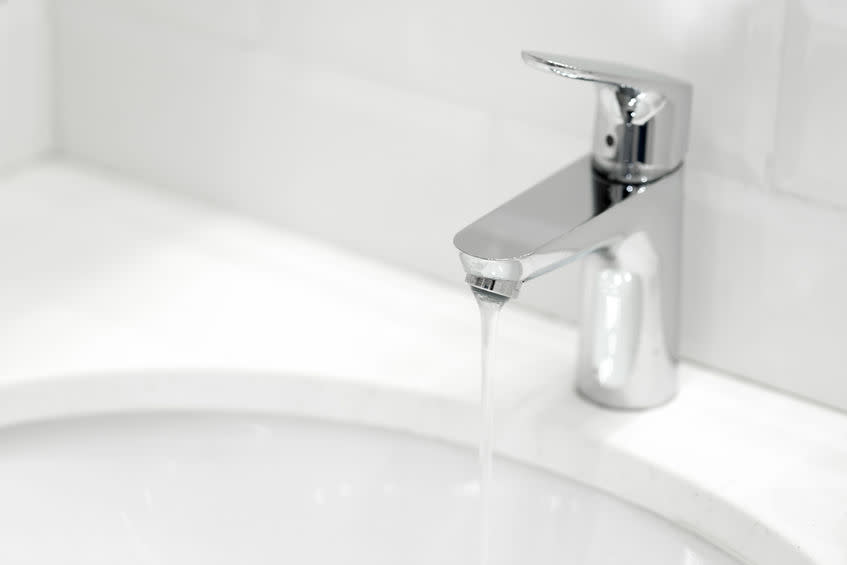
For people with limited hand and finger dexterity, using the standard sink faucets involving twists and turns can be incredibly difficult and demotivating. Levers make it easier for them to manoeuvre.
11) Lower countertops and cabinets
Incorporate modified kitchens with lower countertops, accessible storage, and appliances that are easy to operate for those with limited mobility. Removing floor-level cabinets may allow most space for wheelchairs to navigate through.
12) Removed bathtub barriers
This solution allows people with impaired mobility to be able to use their bathtub easily. To maximise safety, be sure to also include a grab rail as well.
13) Shower seats and raised toilet seats
Built-in or portable shower seats provide a safe resting area when showering, while raised toilet seats make it easier for individuals with limited mobility to sit down and stand up from the toilet.
Accessible bathrooms should also have grab bars, roll-in showers, and adjustable height sinks and toilets.
14) Parking
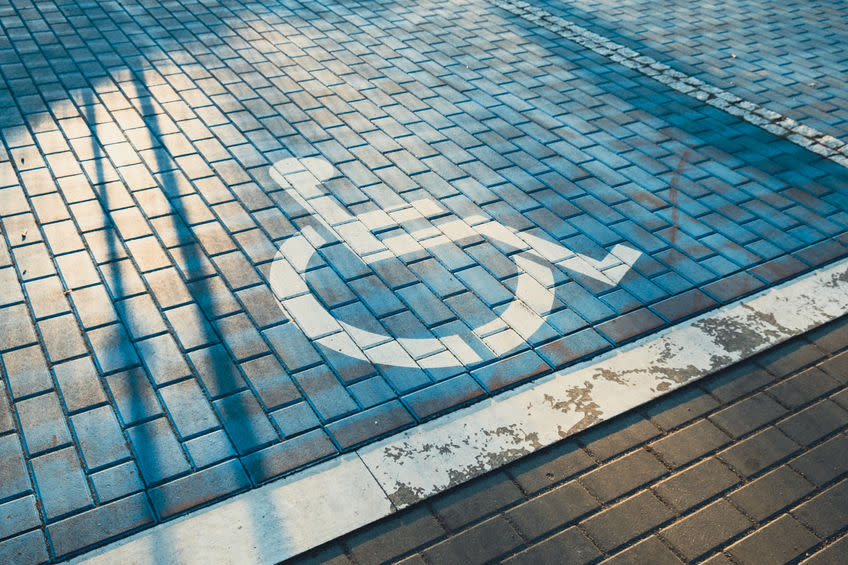
Dedicated handicap parking spaces should be located near building entrances with sufficient space for wheelchair manoeuvrability.
15) Smart home features / voice-activated systems
Smart home features can improve independence and accessibility. They could include voice-controlled lighting for hands-free operation of lights, smart thermostats that offer remote control of the home’s temperature, and automated door locks that are controlled remotely using a smartphone app or voice commands.
16) Slip-resistant flooring
Slip-resistant flooring material throughout the home, particularly in bathrooms and kitchens, minimises the risk of falls.
Building An Inclusive Community
Creating accessible living spaces is not just about compliance but about fostering a community where everyone can thrive. Thus, it’s not just about meeting the needs of people with disabilities, it’s also about creating a more sustainable and inclusive society.
In PropertyGuru Group 2023 Sustainability Report, the Head of Real Estate Intelligence, Data Software and Solutions at PropertyGuru Group, Dr Nai Jia Lee, said, “The value of a property comes from more than just its price, size, and accessibility. We have identified that there is also intrinsic value in aspects like the sense of community, mobility and sustainability. For us, liveability is based on how well those factors serve communities in a certain area.”
Learn more about the factors that the Group took into consideration when developing its liveability index, and how the organisation’s platform is enhancing inclusivity by downloading the PropertyGuru 2023 Sustainability Report.

